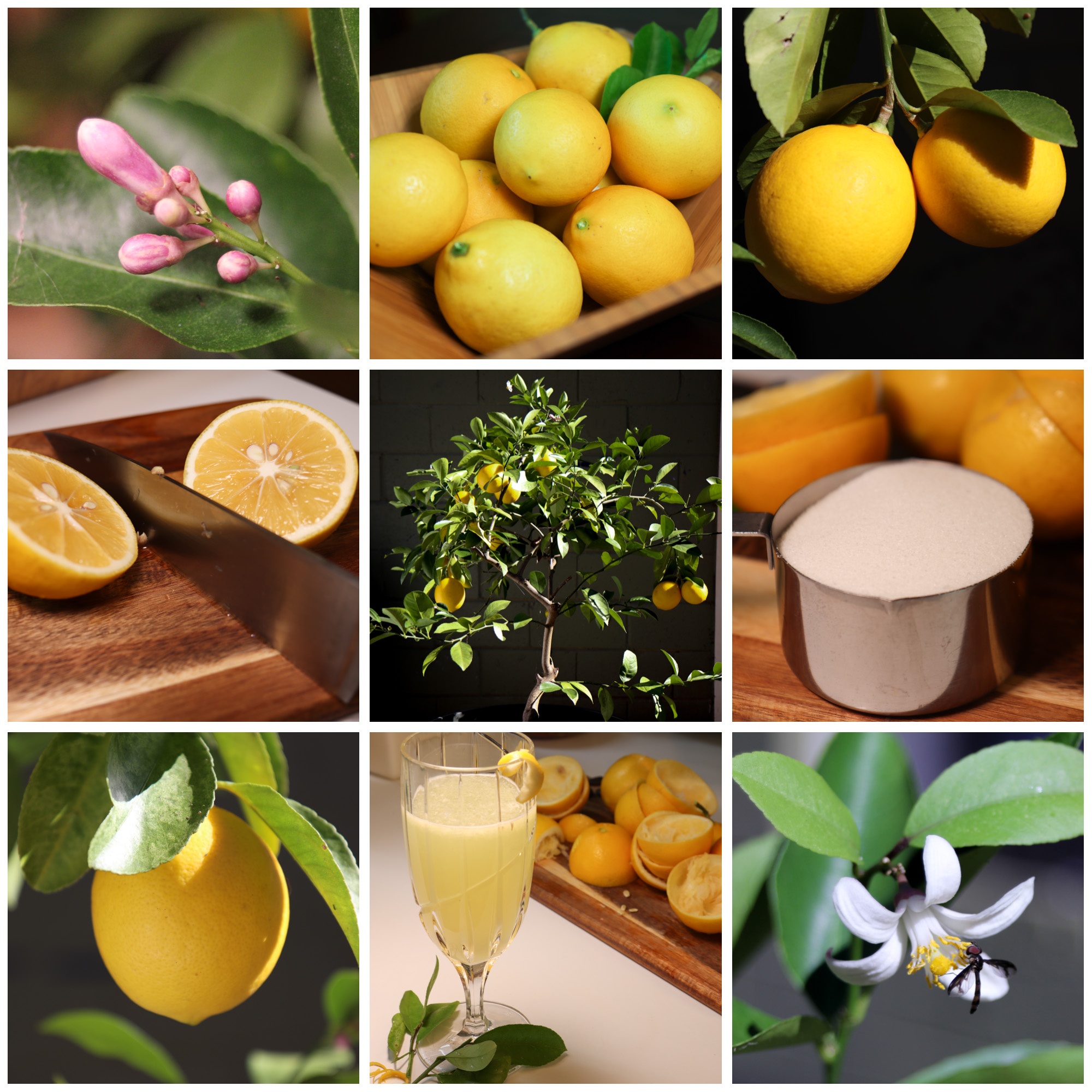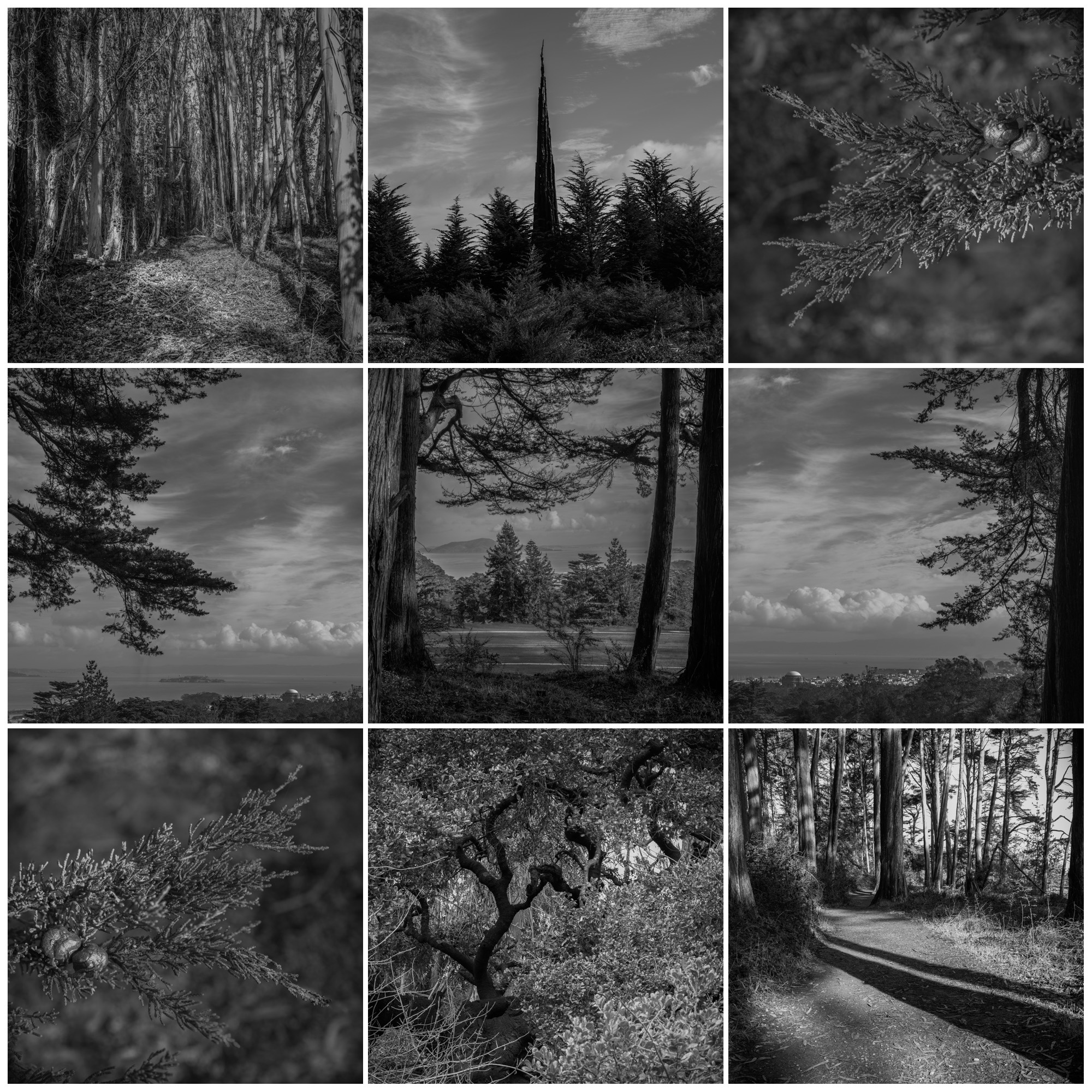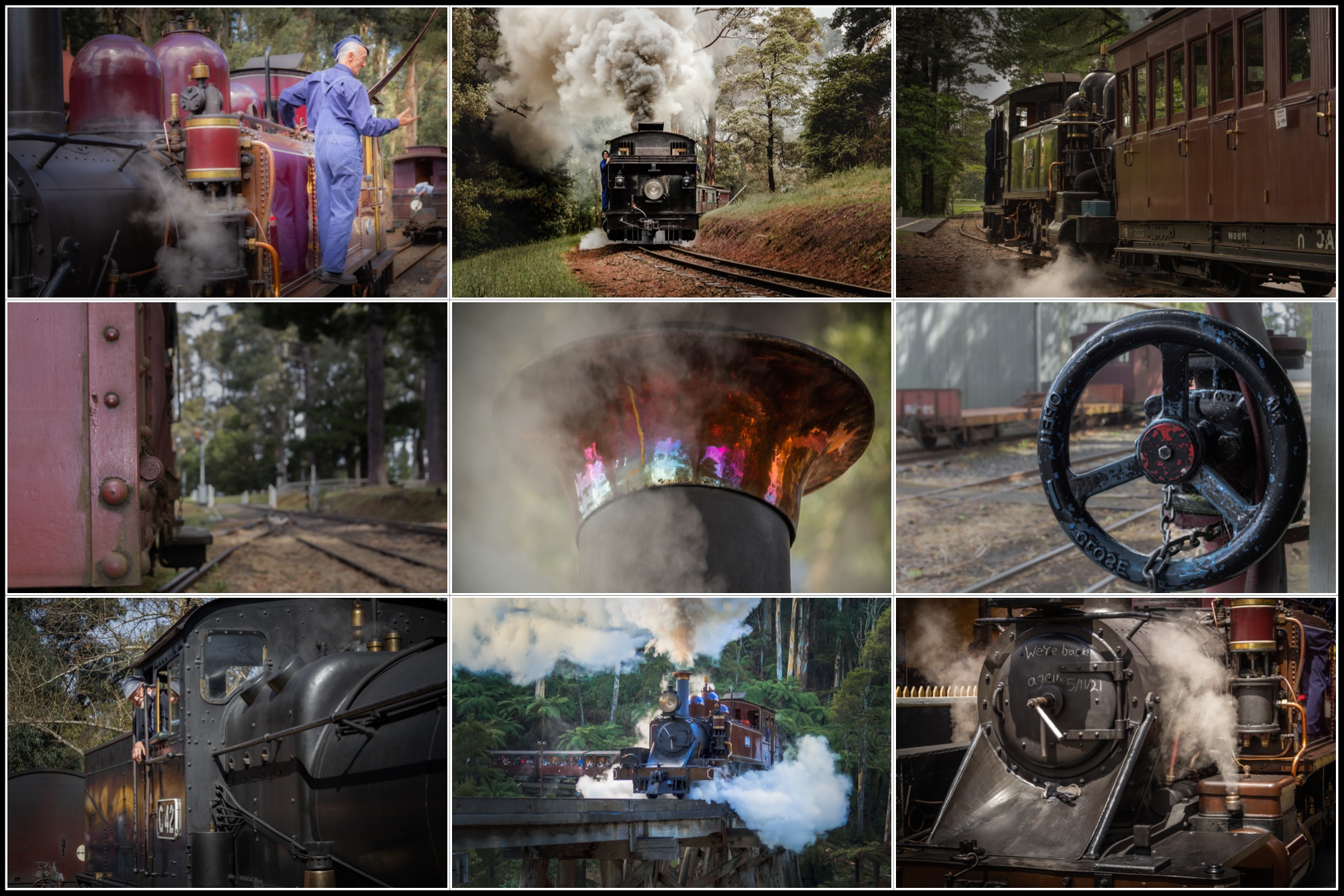Learn how to arrange images to tell a story.
What is a Story Collection?
A Story Collection is essentially a collection of related images that tell a story. It is a photo collage of balanced images. Balanced in shape or size, colour, light and shadow, black and white. Images that work well together and of course tell a story.
Why create a Story Collection?
It’s a fantastic way to showcase your images, as prints or wall art and of course, social media. They make great gift ideas for Christmas and birthdays too. It also teaches us how to arrange images to tell a story that has an impact. It could be a platform to start to sell your art, by placing 4, 6, 9 or even 12 images into a framed print.

Tips for creating a Story Collection.
- Visit Pinterest and find some inspiration for different types of Story Collections or photo collages. Here’s the Pinterest Board I shared with my BootCamp Members.
- Consider your main Point of Interest, what is the ONE thing you wish to focus on with your story? Perhaps there are supporting elements? Example: Halloween or Christmas may be your theme, with people and family, but also capture the essence of that theme.
- Try using a variety of shots to form your collection. From wide-angles to close-ups and everything in between.
- Don’t forget to check out what else is in your frame, you want to remove any distractions.
- Move around within your scene and capture your subject from the best possible angle or vantage point.
- Then choose your best images to tell your story. You could tag them in Lightroom, add them to a Collection and then use the Print Module to make your collage with a Template or even make a new template.
- Next, you need to decide on your layout. Here are some examples; square 1:1 (20” x 20”), rectangle 2:3 (16” x 24”) or 4:5 (24” x 30”) or wide 16:9 (18” x 32”). How many images do you want in each collection? Don’t put in too many, twelve is usually more than enough. Perhaps you only want four or six.

Birthday Party Story
This is my last story collection for this BootCamp Challenge and it features ME and a few of my family and friends. It was a combined birthday party and it was the very first time I’ve ever twirled fire – and I survived it! What is the story that this collection tells you?
Tell a compelling story with your images!
Arrange your images for maximum impact. Consider your composition of each image and the overall collage. Remember that visual weight is important, ie don’t have all the dark images at the top, spread them out. Likewise, spread out the wide-angles and closeups, don’t have them all bunch in together. Keep lights and darks staggered.
It’s a lot of FUN!
Slow down and enjoy the creative process. Decide on your main point of interest and shoot intentionally.
Photo BootCamp Magazine
Let’s take a look at what story our BootCamp members have created for this month’s challenge.
And be sure to check out how you can join BootCamp at the end of the magazine!
Join The Fastest, ‘Funnest’ Way To Improve Your Photography!
- Discover exciting new skills
- Rekindle your passion for taking photos
- Improve fast with helpful feedback
- Experience enjoyment and progress
Inside BootCamp Magazine
Featured Artist
Let’s take a look at this month’s magazine. Here is our featured artist of the month, Greg Skehan, from Sri Lanka.
He was fortunate to visit a place called Yudanaka in Japan a few years ago. Most people travel there to see the snow monkeys, so-called because in winter they venture down to bathe in pools that are thermally heated. Often covered in snow when they arrive, it must be an amazing sight. He arrived in the middle of summer! No snow of course, but many very young monkeys are being carefully nurtured by parents. It was a mesmerizing place to quietly sit, observe and reflect.
Cover Image
This month’s featured magazine cover image is by Dianne Pacey from Australia.
During lock-down Dianne had spent more time in her garden with her camera and enjoying the rhythm of the seasons. She loves the Agapanthus which appears in the lead up to Christmas time but never quite lasts until Christmas day. She was watching them coming into bud and gradually opening to the lovely flower that they are. These photos were taken one day when it had been raining and she tried to capture just that simple story of lovely flowers in the rain. Some are taken with a macro lens and others with a wider lens.
Active Members
Let’s take a look at some of the story collections our BootCamp members‘ created this month.
We’ll start with Craig Mattner from Australia. He recently visited Victor Harbor, a seaside town south of Adelaide. He knew the backyard they were staying in had some flowers so he decided to try out some photography with a macro lens. The weather was rather inclement and blustery, but the fences helped to dampen the breezes. The bobbing of the flowers was frustrating him, so he tried something he had not tried before. He set the camera to manual focus and worked out where the focal plane was for various focus settings. He would then move through the focal plane with burst mode switched on. This seemed to be helping to capture a frame that was in focus. Craig noticed some bees visiting the nasturtiums. He started testing this approach with the bees only to photograph their backsides. But then something extraordinary happened. He noticed a bee heading toward a little nasturtium bud just bobbing gently to his left. The bee landed. He moved in with the camera. He pressed the shutter and moved through what he hoped was the focal plane all the while trying to keep the bee in the frame. Twelve frames and about two seconds later, the bee flew off. Wow! Craig was so pleased to discover the image that is front and central in this story collection you see below.
Summary
- Story collections are a fantastic way to showcase your images
- They make terrific gifts and presents
- Collections teach us how to arrange our images to tell a story with impact
- Collections can help tell more of the story we are trying to tell.
- Collections can be as little as four images, but generally no more than twelve.
Related Articles
Did you enjoy this article? Check out these related articles, too:
- Remembering The Holidays Through Photographs Capturing your memories during holidays.
- Personal Projects to Learn And Growing Further Keeping the joy of photography alive for you.
- Splash Photography: A Great Way To Show The Fun Of Summer Learn different ways you can create splash photography.
Do This Now
Please leave me a comment below – I’d love to know what you think. Brent












Congrats to Greg Skehan for being the featured artist and to Dianne Pacey for your cover collection. Well done! Brent